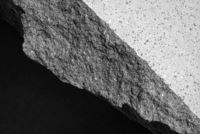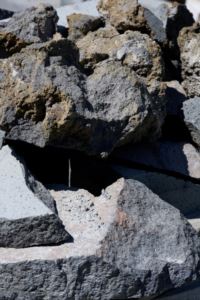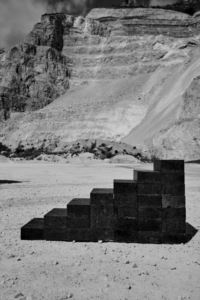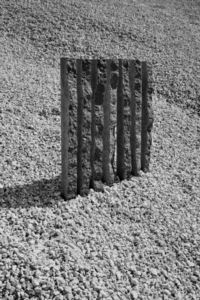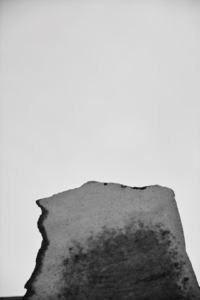How to Choose: Lava Stone or Pumice?
Making the right material selection requires careful evaluation of your specific project requirements. Consider these key factors when deciding between lava stone and pumice:
Application purpose fundamentally guides material selection. For structural elements requiring strength and durability—countertops, flooring, wall cladding—lava stone provides the necessary performance characteristics. For non-structural, lightweight applications or decorative accents where weight concerns outweigh durability needs, pumice might offer adequate performance.
Budget considerations naturally influence decisions. While lava stone represents a higher initial investment, its exceptional longevity often makes it more economical when evaluated on a lifetime cost basis. Quality lava stone installations remain beautiful and functional for decades or even centuries, eliminating replacement costs that less durable materials incur.
Aesthetic goals significantly impact material selection. Lava stone offers richer visual depth and greater customization options, particularly when glazed. Its ability to be finished in countless colors while maintaining its natural character makes it versatile across design styles from traditional to ultra-modern.
Maintenance expectations should align with material properties. Lava stone's minimal maintenance requirements make it ideal for busy environments where regular extensive care proves impractical. Its resistance to staining, scratching, and bacterial growth ensures lasting beauty with simple cleaning routines.
Environmental priorities may favor either material depending on specific project goals. Lava stone's exceptional durability gives it advantages in lifecycle assessment, while pumice may offer benefits in certain specialized applications where its lightweight properties reduce transportation impacts or provide natural insulation.
Consulting with experienced material specialists helps ensure optimal material selection. At Ranieri Lavastone, our team provides expert guidance on selecting the right volcanic material for your specific project requirements, ensuring both aesthetic satisfaction and performance requirements are met.
For projects where beauty, durability, and long-term value represent priorities, lava stone emerges as the superior choice in most applications, offering timeless elegance combined with exceptional performance characteristics that few materials can match.

